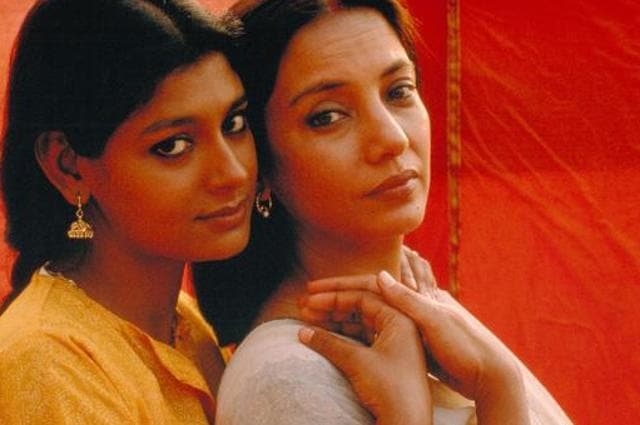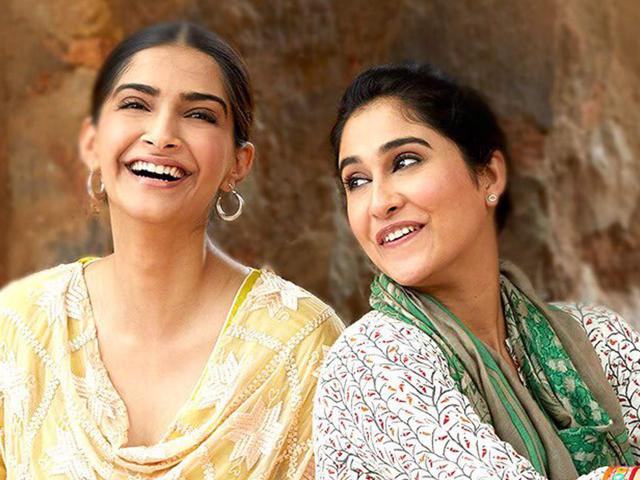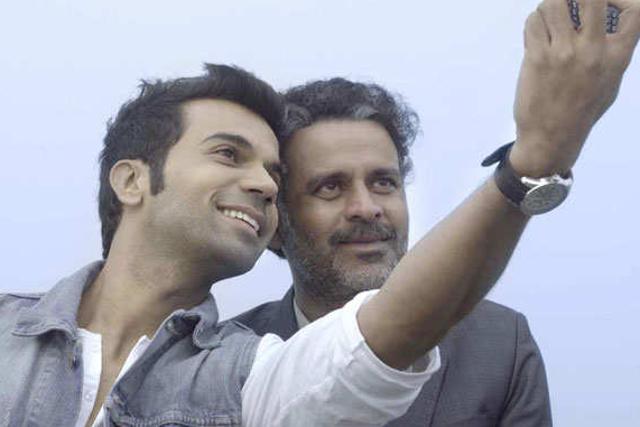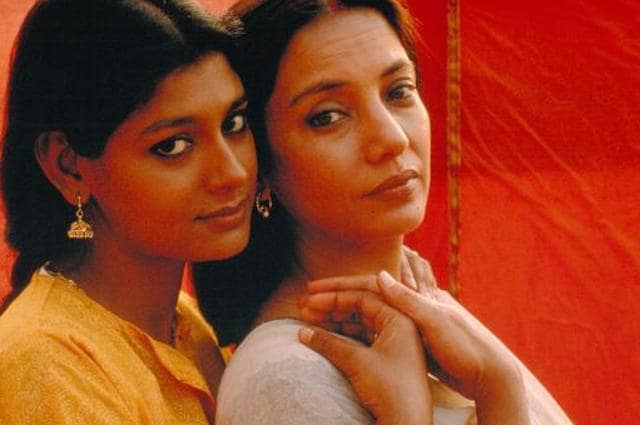For some time now, there has been a cry about the representation the LGBTQ+ community gets in mainstream cinema. While there has been misguided portrayals in Dostana (2008) or Mastizaade (2016) or so many other where it’s used as a tool for comic relief and mockery, there’s also Fire (1998) or Aligarh (2016) or Margarita with a Straw (2015), that have dealt with the subject matter with utmost sincerity, sensitivity and maturity.
“We still have a very long way to go… there should definitely be many more stories and many more characters which really explore the LGBTQ world in cinema,” says filmmaker Alankrita Shrivastava, who has explored the subject matter in her movies.

She adds, “I don’t think it has to be a central conflict point of a film but at least have characters. We really need to take big step forward. It’s very important to be empathetic and sensitive in the portrayal and just normalising it. I’m not into the whole caricature trend of treatment of such characters.”
Gazal Dhaliwal, the screenwriter of Ek Ladki Ko Dekha Toh Aisa Laga (ELKDTAL; 2019), a coming-of-age same-sex romantic comedy, says when it comes to cinema, shopping around scripts with LGTBQ themes is difficult.
“There’s still enough content that’s going around which only uses the LGBTQ + community as comedy. We are far from the ideal world,” she adds.

COMMERCIAL NAMES HELP
There have been many films made sporadically over the years, but mostly they remained in the niche area, and could never really get mainstream attention. However, last year, when Ayushmann Khurrana starred in romantic comedy ,Shubh Mangal Zyada Saavdhan(SMZS )about a gay couple, it was lapped up by the audiences and danced its way to the box office. And many feel that having known stars helps attract audiences.
“Earlier, no big star was willing to do these films, so access remained niche. It was heartening to see that Ayushmann did the film. It showed the community in a very positive light,” says Dhaliwal, adding, “What’s happening now is that the conversation is coming into the ‘commercial cinema’. That’s where things are really encouraging because this cinema has a wider reach. ELKDTAL had stars like Sonam Kapoor and Anil Kapoor and it helped.”
SMZS director Hitesh Kewalya is happy that he was able put a flag at a place, which is seen as a benchmark and he credits Khurrana for being instrumental in achieving that. “Kudos to him for taking it up and showing that a film like this can be done with a star, and can also be a commercial success. Once you have something that works, then it has a positive impact on everyone and it becomes a reference point,” he explains.
MINDSET NEEDS TO CHANGE EVERYWHERE

My Brother…Nikhil (2005) filmmaker Onir opines that what happened in films before the 2018 historic judgment was much more path-breaking, and he insists that Bollywood filmmakers need to be more forthcoming.
“The last really good LGBTQI+ film that I can think of in recent times was Aligarh. None after 2018 pushed the envelope. I don’t see them challenging, they’re always comfortable, and sometimes ridiculous,” he says, pointing at the “much better stuff” happening in regional cinema, particulary in Bengali cinema.
“Then there was Tamil film like Super Deluxe (2019). Even Marathi cinema has addressed this subject in the past. There’s much more happening in regional cinema than Hindi films,” says Onir.

Calling out the problematic stuff that continues to be made for TV, Dhaliwal says it hinders the overall progress.
“There’s Kapil Sharma’s comedy show with so many jokes around the community. It’s a day-to-day viewing for people and supposed to be funny. But, nobody realises how it affects the psyche and makes people think that queer representation is something to be made fun of. TV has the widest reach and it sends out the wrong message, that bothers me,” she laments.
For Kewalya, who himself had been brought up in the atmosphere of biases and homophobic culture, it was important to show the community in the right light through his film.
“I don’t belong to the community but I have many friends and collaborators. So, through my film, I questioned the prude middle-class of our country. I’m happy that conversations began about sexuality and freedom of choice each human being deserves,” he shares.
OTT HAS EXPANDED THE CANVAS
The gaps in theatrical films have been beautifully filled by content on the web where many path-breaking projects have shown a true representation of the community.
Shrivastava, whose web projects Bombay Begums and Dolly Kitty Aur Woh Chamakte Sitare explored the LGBTQ aspect, agrees that we’ve had some great content on OTT. “Made in Heaven (featuring Arjun Mathur as gay) was a breakthrough in terms of the representation. Even the recent anthology Ajeeb Daastaans. May be theatrical projects are reluctant because of the whole thing about censorship,” she notes.

Talk of real representation and filmmaker Ram Kamal Mukherjee had cast a transgender artiste, Shree Ghatak, for his web short film ,Season’s Greetings.
“Indian cinema hasn’t done justice to the LGBT community. What we’ve to realise is that the community isn’t just garish, loud people… there’s clichéd representation in films, which provide comic relief to the homophobic lot. People appreciated me for casting Shree Ghatak. She was treated at par on the sets and had everything that any other actor would get,” says Mukherjee.








